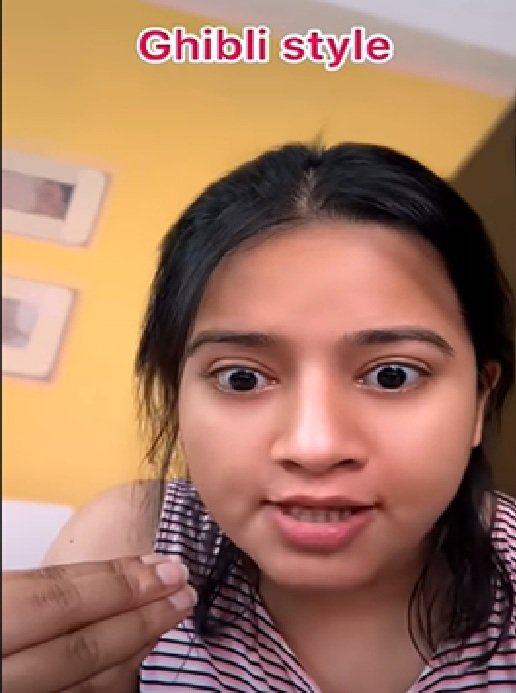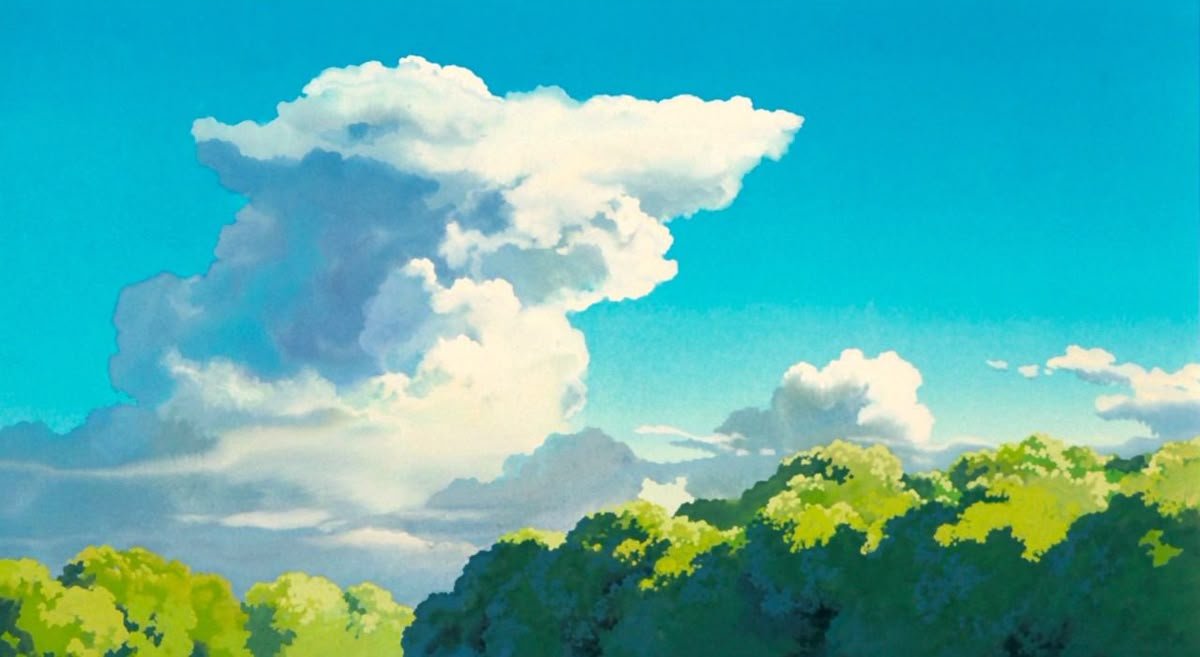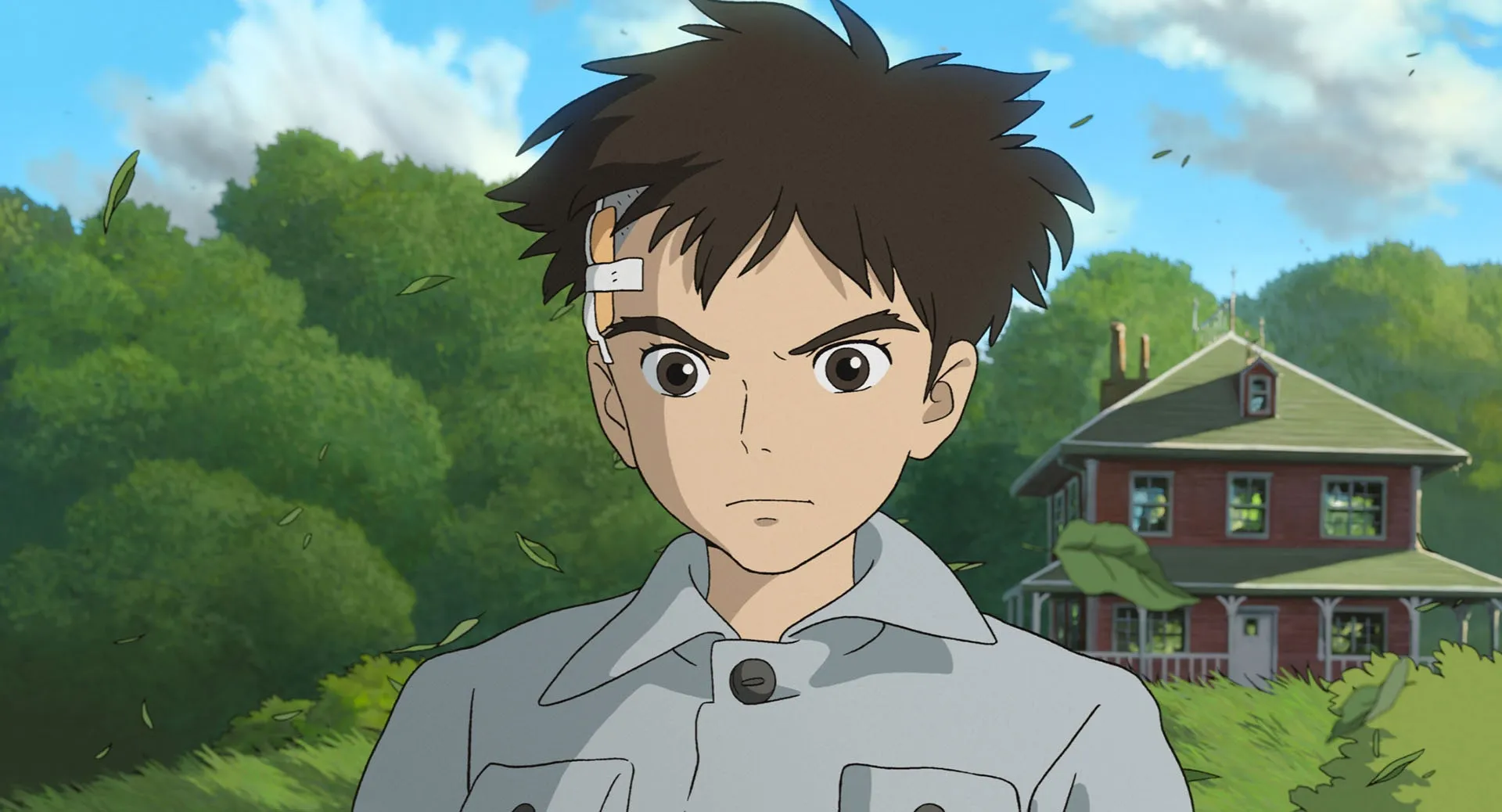It all started with a whimsical promise: upload your photo, and an AI would transform you into a dreamy Studio Ghibli character, complete with shimmering skies and fantastical landscapes. Social media exploded as users envisioned themselves as the next Totoro’s neighbor or Chihiro’s sidekick. But what they got… well, it was something else entirely.
Coaxing AI for Ghibli
Take our very own RJ Priyanka. She tried to jump onto the Ghibli bandwagon, but ChatGPT kept declining her request, making her a “Bhebli” (fool). When she requested ChatGpt to transform her real life picture into Ghibli art she was shot down by the AI app saying wait for two minutes. After a while GPT asks her to come back tomorrow, poor girl had to wait and had to coax the AI app to create the art for her, almost like the way she begged her parents to let her go on a “the goa trip” with her friends, I am sure we have all been there…. Here is Priyanka’s take on the “Ghibli Style”.

Check out R J priyanaka’s take here. We hope Priyanka was able to solve her “Ghibli-Jhibli” problem and changed her status from “Bhebli” to “Bhelki” (miracle in Bengali), where ChatGpt is not using her, but she is able to use ChatGpt to the hilt instead.
Art imagined wrong
There have been reports of Ghibli Art going horribly wrong, when enthusiasts shared their real-life image and the AI portrayed it …. Ahmmmm … let’s say in a different way…
I hope the next time he does not have to see his “chappal” in the art instead of his phone ….. Lol!
So, can AI-generated Ghibli art predict the future? Well, we can’t say that for sure, but check this out ….

And there are more such hilarious Ghibli art gone wrong posts on social media, highlighting the human desire for creativity, the quirks of AI, and the unexpected humor that comes from technology’s imperfections.
But you must be wondering what this art form is and when it started- well, the term “Ghibli” is closely tied to ‘Studio Ghibli’, which was founded on June 15, 1985, by Hayao Miyazaki, Isao Takahata, and Toshio Suzuki.

The studio’s art style, often referred to as “Ghibli art,” began with their first feature film, Nausicaä of the Valley of the Wind (1984), which was released under a different studio but laid the foundation for Ghibli’s artistic identity. Ghibli art draws inspiration from traditional Japanese aesthetics, European art, and Miyazaki’s love for nature and aviation.
Ghibli Trivia
When it comes to truly “unwritten” or deeply lesser-known facts about Ghibli’s art form, it’s tricky because much of what we know has been documented and celebrated over the years. However, here are some nuances and insights that might not always take center stage in conversations about Ghibli’s artistry:

1. Handcrafted Cloudscapes: In many Ghibli films, the clouds are characters. Miyazaki is fascinated by cloud formations, and Ghibli animators have spent countless hours perfecting their unique textures and movements to match the emotional tone of a scene.
2. Purposeful Imperfections: Ghibli intentionally leaves slight “imperfections” in its hand-drawn art, like uneven lines or subtle shifts in texture. These imperfections are deliberate, giving the scenes a human touch that resonates deeply.
3. Influence of Silent Films: Ghibli’s art often borrows storytelling techniques from silent films. The expressions, gestures, and even the pacing of certain scenes mimic the emotive, visual storytelling of pre-sound cinema.
4. Everyday Motions: Ghibli films sometimes devote several frames to mundane actions like characters eating, cleaning, or staring out windows. These are not just fillers but deliberate acts to imbue the art with relatable, lived-in moments.

5. The Sound of Space: While Ghibli’s art is a feast for the eyes, it works seamlessly with the sound design. For instance, how the wind flows in harmony with swaying grass or fluttering leaves enhances the tangible warmth of the world.
6. Hidden Language of Flowers: The flowers depicted in Ghibli’s art are not arbitrary. Many convey symbolic meanings rooted in Japanese or universal floral language, like cherry blossoms representing the fleeting nature of life.

Tailpiece
With the new feature inducted in Open AI’s Chat GPT 4.0 the company said that over 140 million users have generated 700 million images since the features were introduced. The queries have created capacity-related issues for Open AI, with the CEO, Sam Altman, calling users to dial down the use of the system. The craze has delayed updates and created service outages for Chat GPT. Seems that so far this art form which was ‘distinctly Japan’ has managed to break the internet!

















